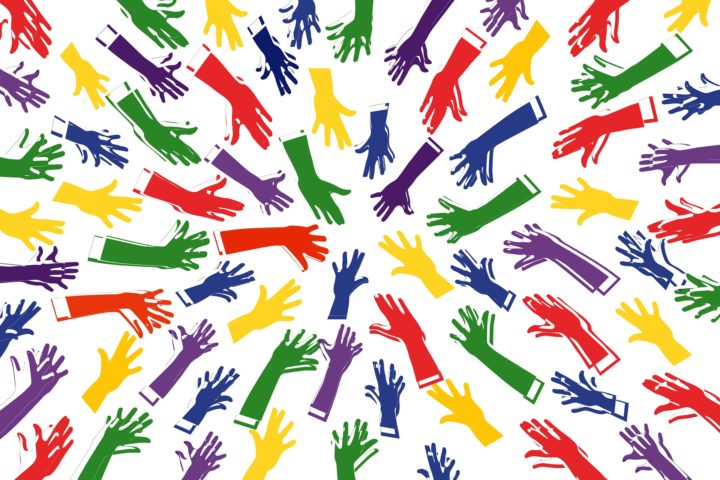Those of you who have been following Duncan Lake Speech Therapy know that we are all about inclusion and accessibility over here. Kids Together, Inc. defines inclusion as, “being a part of what everyone else is, being welcomed and embraced as a member who belongs.” Inclusive activities include all people regardless of ability/disability, religion, culture, ethnicity, sexuality, gender, race, etc. While inclusion is gaining more steam in recent years, there are still plenty of exclusive activities that occur on a daily basis.
To continue our Fall Language Series, let’s take a look at Halloween. Despite being one of the happiest holidays of the year (HELLO! CANDY!), this one can be very exclusive of children with disabilities. COVID-19 has thrown our Halloween plans for a loop, so who knows what trick-or-treating will look like this year. In the event that you do have trick-or-treaters, I want you to be prepared. How can you create a more inclusive Halloween environment? Here we go!

The First Step – Education
A while ago, my friend Cassie Peereboom joined us to talk about inclusion. At that time, Cassie encouraged all of us to take time to learn about disabilities of all varieties. The first step in having inclusive practices is to learn all you can! Please take a little bit of time to read and learn more about disabilities. To help you out, we even have a blog post dedicated to some great resources. Take a look!
The Snacks
Having non-food treats is a great inclusive practice! Think about it – there are plenty of conditions children can have ranging from allergies to food aversions to diabetes. By having non-food “treats,” you make the experience accessible to all of the trick-or-treaters! Some great non-food treats: slime, glow bracelets, and bubbles.
“Trick-or-Treat”
Raise your hand if you said “trick-or-treat” about a million times when you went out for Halloween as a kid! While this is a fun (and adorable) tradition, many of our young friends may not be able to communicate that phrase. Some kiddos are non-verbal and aren’t able to say it. Others may have social skill deficits or cognitive difficulties that make it really challenging to say it. Instead of requiring kids to say the phrase, you could have a core board handy for them to point to trick-or-treat! You could also have one of those fun pre-recorded buttons (remember the “That was easy!” buttons?) with “trick-or-treat” pre-recorded for kids to press! Easiest of all, you could just say “trick-or-treat” to them! Remember, modeling is powerful, even if the kids coming to your door aren’t your own.
My point: Please don’t withhold the treat if they don’t say “trick-or-treat.”
Be Mindful of Sensory Needs
Halloween is a busy holiday. With the lights and the sounds and the costumes, it can be overwhelming for kiddos with disabilities. Loud noises and bright, flashing lights can be really triggering for kids with light and audio sensitivity. Smoke machines can obscure vision and, for children who like to see what’s going on around them, that can be very stressful. Keep this in mind when decorating.
Access Points
How are kids getting candy at your house? Are there stairs? Consider the physical limitations of kids with walkers or wheelchairs. Do they have to reach into the bowl for candy? Kiddos with cerebral palsy and other disorders that affect muscles can have limited range of motion and might not be able to reach. Do you have outdoor lighting? Children with low vision may not be able to see. Some of these factors you may not be able to change (like you can’t get rid of a set of stairs), but have a plan in place to make the treats accessible to the child if needed!
By making these little changes, you make the Halloween more accessible to all children!



